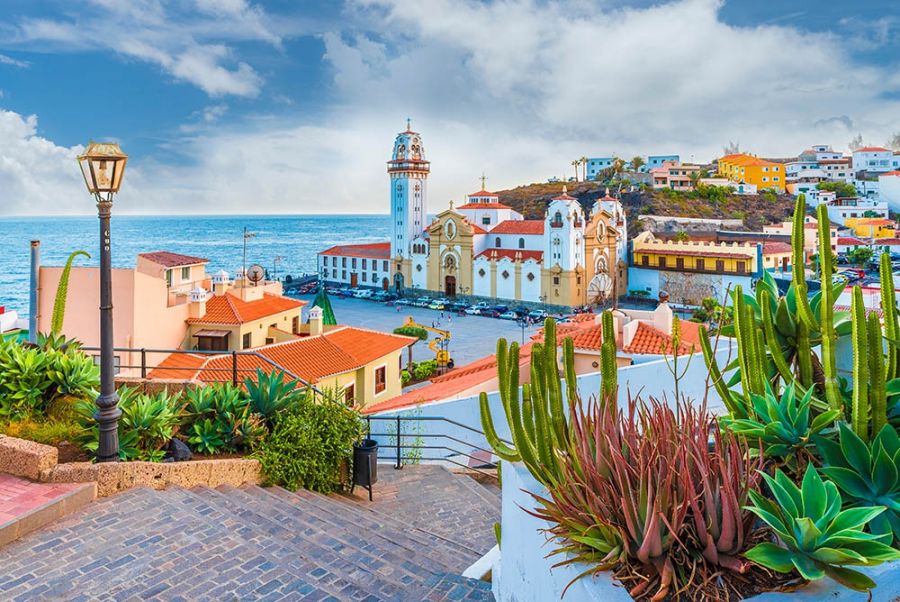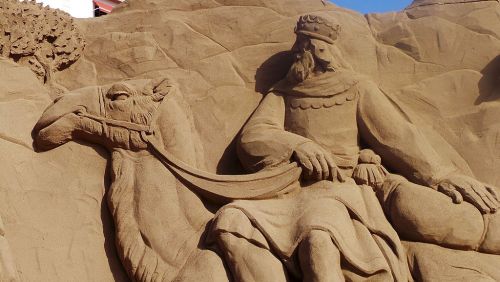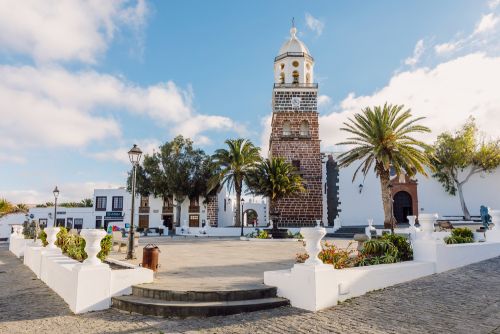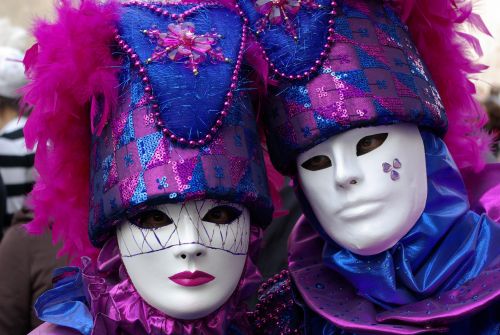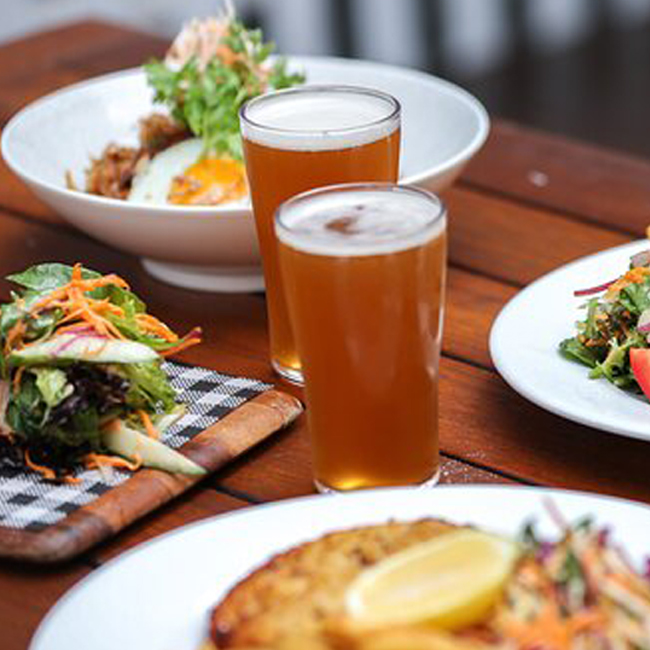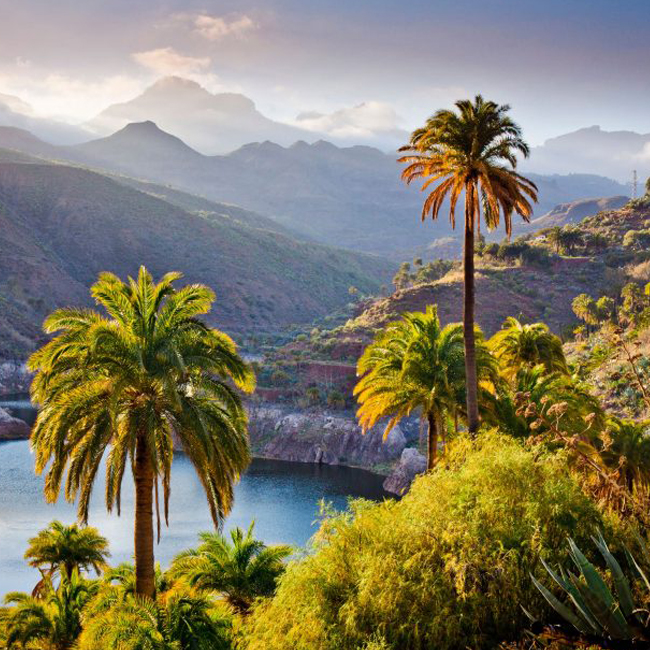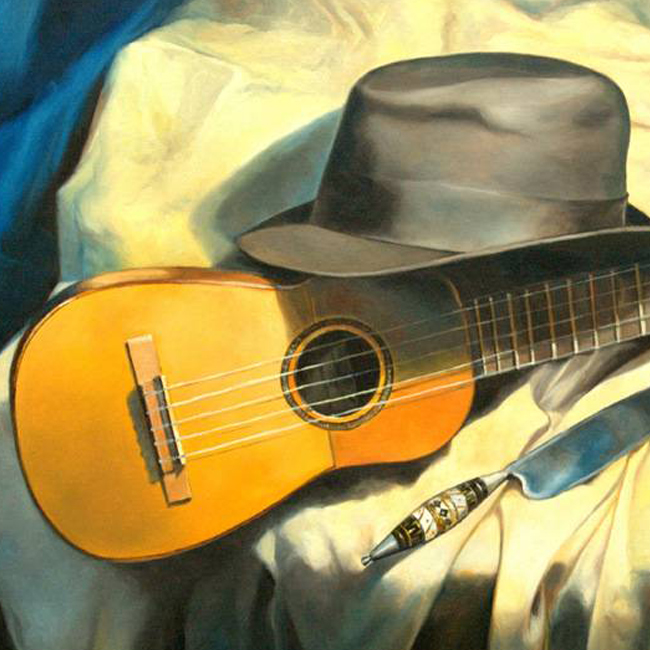Candelaria, Tenerife's religious centre par excellence

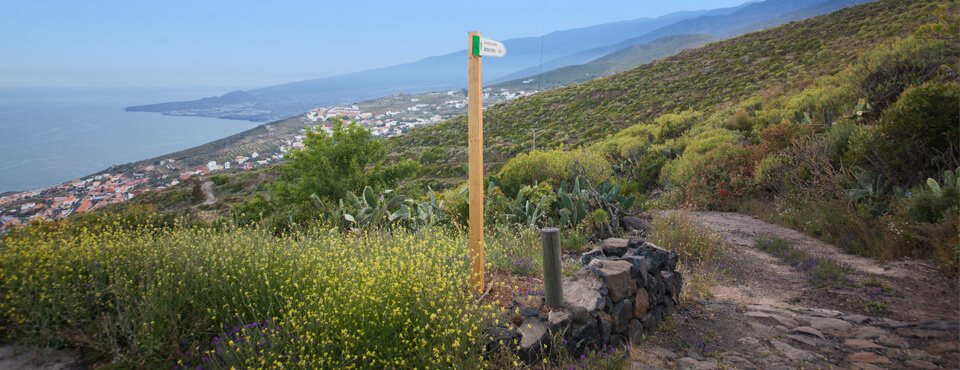
Located in the southeast of the island, the municipality of Candelaria is the living image of Tenerife's religious fervour. That’s because, back in 1392, the image of the Virgin of Candelaria appeared to the ancient aborigines.
This union of the Guanche and Castilian cultures after the conquest of the island is reflected in the town's monuments, especially in the bronze statues of the menceyes (ancient kings) that stand around the statue of Madonna La Morenita.
But Candelaria isn’t just about devotion. In fact, this town is full of numerous fishing spots and a wide range of restaurants where you can sample the best the sea has to offer, as well as a multitude of caves and beaches where you can enjoy the Atlantic.
Basilica of la Candelaria in Tenerife
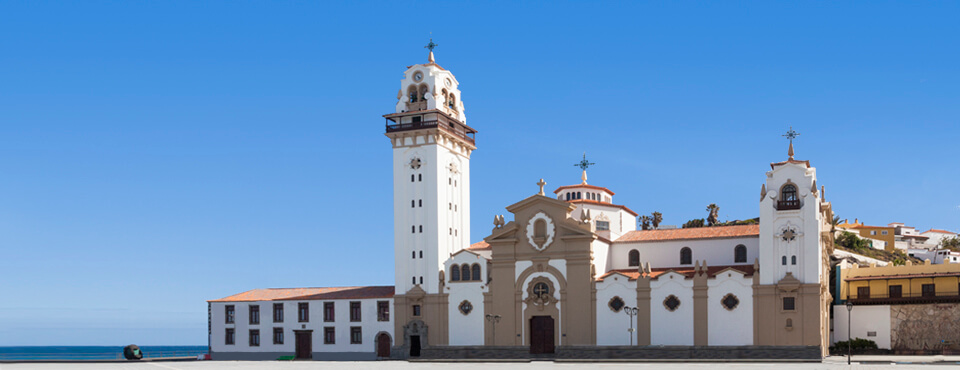
The Basilica and Royal Marian Sanctuary of the Holy Madonna de la Candelaria houses the image of the Patron Saint of the Canary Islands. Its importance is such that in 2005 it was declared an Asset of Cultural Interest by the Government of the Canary Islands.
The enclosure, erected in 1959, has a regionalist style, is structured in three naves, has a roof that imitates the Mudéjar style and a 25-metre-high dome crowning its transept.
The 45-metre-high central tower, which has a Canarian balcony, stands out. The main chapel holds the image of the Virgin of Candelaria, proclaimed Patron Saint of the Canary Islands in 1599 by Pope Clement VIII, a title ratified in 1867 by Pope Pius IX.
Inside there are murals and works such as the Christ of Reconciliation, a Baroque monstrance carved in the Canary Islands in the 18th century and a baptismal font of great historical value from the 16th century.
Next to it stands the convent of the Dominicans, who since 1530 have been the chaplains of the enclosure. Once past the convent, you reach the Cueva de Achbinico or Cueva de San Blas, where the Guanches placed La Morenita.
Candelaria festivities in Tenerife
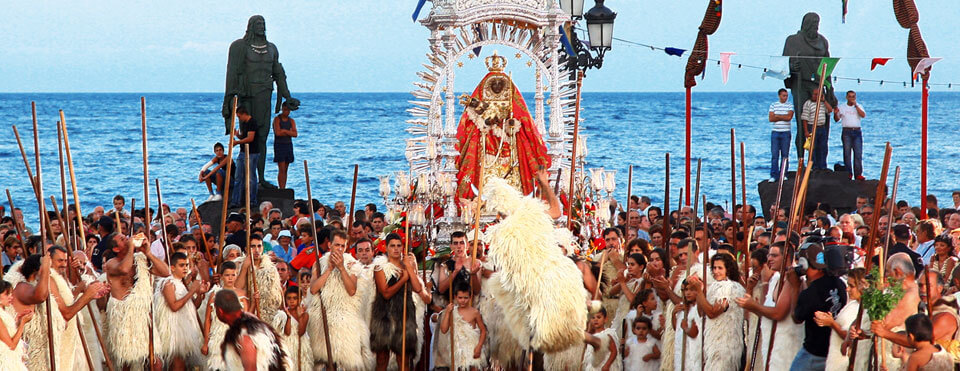
Although the liturgical feast of Our Lady of Candelaria takes place on 2 February, her apparition is celebrated on 15 August. At that time, people from all over Tenerife come on pilgrimage.
They’re held mainly in the Basilica and the Plaza de la Patrona de Canarias, extending to the surrounding streets and spaces, as well as the paths and pilgrimage routes along which the pilgrims who come from each village pass.
Along with the processions and the pilgrimage, the event of the greatest significance and historical value is the Guanche Ceremony, which dates to the 18th century and recreates the discovery of the Lady of Candelaria by the Guanches.
It’s held on the evening of every 14th August and is an ancestral rite of religious-festive dramatization transmitted orally by the ancient settlers who inhabited the island before the arrival of the Castilians.
Other important events are the Pregón, the Luchada institucional (Canarian wrestling), the Offering to the Patron Saint of the Canary Islands, the concert by the traditional canary group Los Sabandeños and a series of activities and recitals of popular Canarian music, promoting their regional character.
Where to stay to enjoy Candelaria
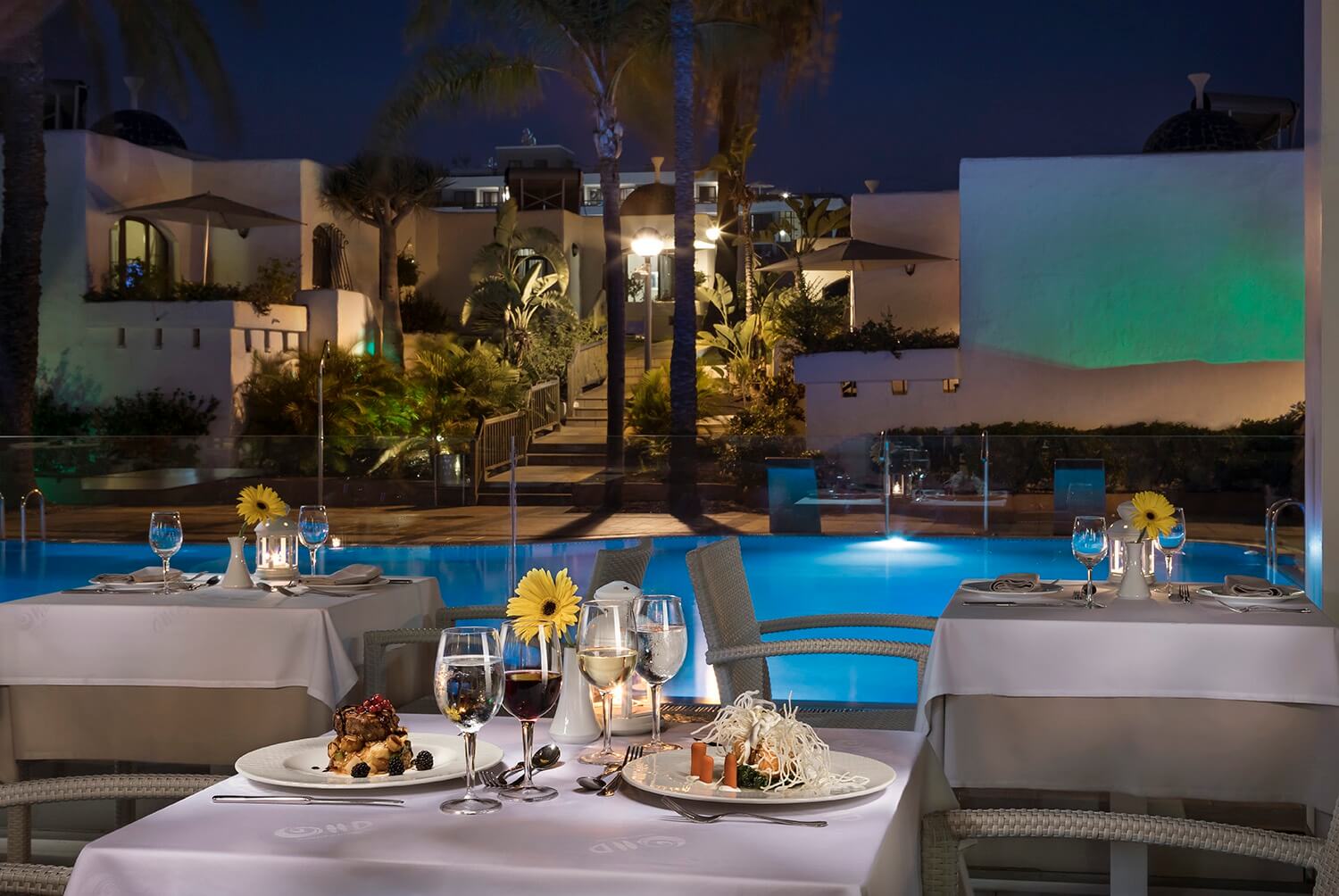
Since the Festivities de la Candelaria are held in August, there’s probably no better option than to choose the south of the island to make the most of the most summery part of the island. And for this, there’s one option that stands out the most:
HD Parque Cristóbal Tenerife
Located in Playa de Las Americas, in the tourist area of Costa Adeje, this is one of the best hotels for families in Spain. In fact, it has been declared by TripAdvisor as the best family hotel in Spain.
And, as such, it offers all the advantages for any guest to feel at home thanks to its green areas, its well-differentiated pool areas, and its horizontal architecture. Not to mention its spectacular rooms...
Sources about La Candelaria in Tenerife
- Gobierno de Canarias
- Turismo de Tenerife
